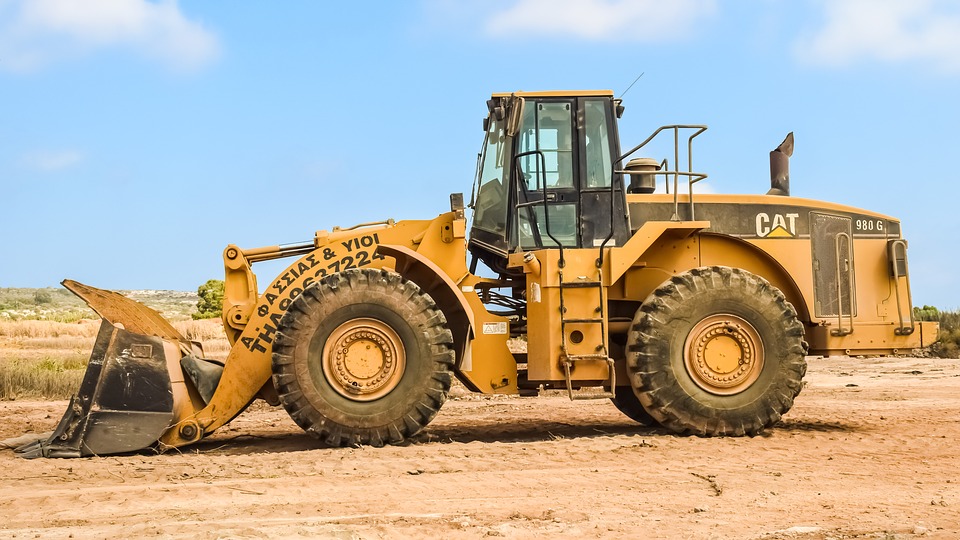
Vehicle Bulldozer Heavy Machine Machinery Equipment
Every project in the construction industry needs specialized equipment to complete very unique tasks and come in a variety of shapes and sizes. These units could have a large or small scale of purposes but all of them are irreplaceable in their performance. Together they are used to fulfill significant projects around the workplace.
As many different variations of heavy equipment are used in construction, it is helpful to categorize them into main groups. There are many ways to group heavy equipment, but the following four categories sort units by their main purposes. Names prompt a machine’s main intents, however, the description and examples will help to better understand the category.
Earthmoving equipment
These machines are used for exactly what they say – moving earth. They can be organized into two groups: light and heavy earthmoving machines. The main differences are their sizes and the nature of performances that can be done with these units. Light earthmoving units are used for smaller landscaping works. Heavy earthmoving units are designed for serious tasks requiring strong power.
Earthmoving equipment is completely mobile and high tech designed to do very complex tasks. The most common actions range from digging, mining, dumping to moving large quantities of earth, and loading every huge object.
This category includes a wide range of equipment. The most known examples would be excavators, graders, bulldozers, scrapers, loaders, backhoes, and others. These types of machines are indispensable for most constructions sites.
Construction vehicles
Construction vehicles are designed to carry and move bulk loads in construction and infrastructure industries. They are known for their lower operating costs. These vehicles are able to transport construction materials and goods as well as liquids and gases on roads. They are constructed to handle very heavy equipment where needed.
The most common types are tippers, dumpers, trailers, and tankers. Tippers and dumpers are used for shorter distances mainly in constructions sites. Their main purpose is to load on the material and discharge it by using gravity. These vehicles are also used for agriculture performances but their use can be found in other industries, as well.
Trailers and tankers are used for moving loads longer distances. Trailers maily transport material and goods. Tankers are designed to carry gas and liquid loads on roads.
Material-handling equipment
Material-handling equipment is mainly used in construction for the loading and short distance transportation of heavy materials and large scale loads. The most well-known equipment from this category would be cranes, conveyors, hoists, and forklifts.
Cranes move very heavy and large materials in constructions sites. Conveyors are absolutely essential for the construction of buildings. They are also the most visible from long distances.
Hoists can lift materials into high places. Forklifts are small vehicles constructed to move and lift materials of limited weights. They help move goods and materials in warehouses.
Common equipment
Common equipment is smaller units used during construction of commercial, residential and public purposes. These units handle the mixture of materials, compressing ground, paving of the roadways and other necessary construction tasks. This category holds units such as mixers, compactors, pavers and road rollers.
Mixers are designed to blend together sand or gravel and water to make building materials such as cement. Compactors and road rollers are used to level and flatten earth and pavements. Pavers are used to lay an asphalt to create roads. Paving and compacting machines are available in many sizes and types depending on what the construction site requires.
Other construction equipment
Other construction equipment includes what we would call “light equipment” and ancillary tools. Light equipment includes units such as generators, compressors and other electronic tools which are needed in construction.
Ancillary tools are related to heavy equipment and are used to control, track, and repair the machines to ensure the continuation of the work. An example would be filters, tires, repair tools, tracking systems, and many others.
These smaller pieces of equipment along with the four above mentioned categories create the complete system of equipment that is ready to do complex tasks from the smallest to the largest construction projects.



